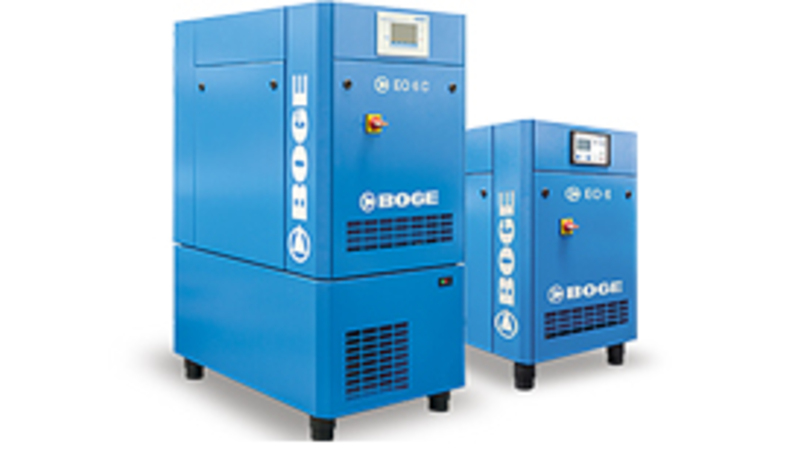In the vast world of industrial materials, few products offer as versatile a range of applications as Thermoplastic Tubing. Known for its durability and flexibility, thermoplastic tubing is a pivotal component in sectors ranging from medical to automotive. This article explores the numerous advantages of thermoplastic tubing and why it is increasingly preferred for modern applications.
Key Benefits of Thermoplastic Tubing
• Durability and Resistance: Thermoplastic tubing is highly resistant to chemicals, abrasion, and extreme temperature variations. This makes it ideal for use in harsh environments where other materials might degrade or fail.
• Flexibility and Kink Resistance: Unlike more rigid materials, thermoplastic tubing offers exceptional flexibility, which allows for easy installation and routing through complex spaces. Additionally, it maintains its integrity against kinking, which can impede fluid flow in critical applications.
• Lightweight Nature: Thermoplastic tubing is considerably lighter than metal alternatives, which reduces overall system weight. This is particularly beneficial in automotive and aerospace applications, where weight reduction is a constant goal.
• Variety of Applications: From fluid transport in medical devices to protective wiring sleeves in electronics, the uses for thermoplastic tubing are nearly limitless. Its ability to be manufactured in various sizes and specifications also enhances its adaptability to specific needs.
• Cost-Effectiveness: When compared to materials like stainless steel or copper, thermoplastic tubing is more cost-effective not only in initial purchase price but also in long-term maintenance costs, as it does not corrode or require frequent replacement.
Considerations for Choosing Thermoplastic Tubing
While the benefits are substantial, selecting the right type of thermoplastic tubing requires consideration of several factors:
• Material Compatibility: Ensure that the type of thermoplastic is compatible with the fluids it will carry. Some materials are better suited for acids and solvents, while others are preferable for food products or biomedical applications.
• Environmental Conditions: Consider the environmental conditions such as UV exposure, temperature extremes, and potential mechanical impacts that could affect the tubing’s performance.
• Regulatory Compliance: Especially relevant in medical and food applications, compliance with FDA or other regulatory standards is crucial for safety and legality.
Relevance to the Audience
For engineers, designers, and project managers, understanding the benefits and considerations associated with thermoplastic tubing is essential for making informed decisions. Whether it’s for developing a new medical device, upgrading an automotive system, or designing consumer products, thermoplastic tubing offers a reliable and efficient solution that meets the demands of modern technology.
Conclusion
Thermoplastic tubing stands out as a superior choice for a multitude of industrial and commercial applications due to its durability, flexibility, and cost-effectiveness. By considering the specific requirements of your project and the unique properties of different types of thermoplastic materials, you can leverage these benefits to enhance product performance and reliability. As industries continue to evolve, the role of thermoplastic tubing is set to grow, reinforcing its importance in the future of manufacturing and design.



